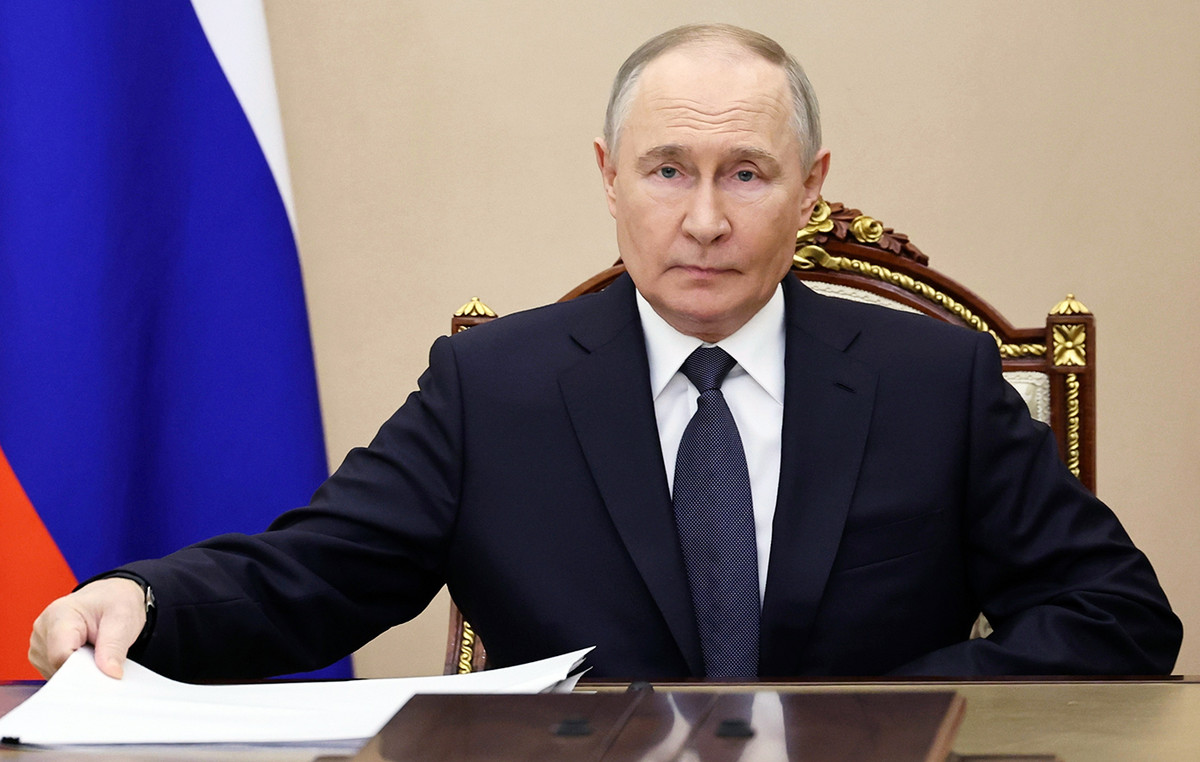The cities of Florianópolis (SC), Palmas (TO), Rio de Janeiro (RJ) and Vitória (ES) start operating the pure 5G network (standalone) this Monday (22). In all, there are 12 capitals in the country that have the technology.
The decision was taken by Gaispi on Thursday (18), the group responsible for activating the 3.5 gigahertz (GHz) band, which provides access to the network.
According to advisor Moisés Moreira, who presides over Gaispi, in Rio de Janeiro, telecommunications companies would need to operate 5G with 252 antennas now, but there are already licensing requests for 723 devices, almost 287% more.
In Palmas, the minimum was 12, against 21 requests already made. In Florianópolis, there are 43 requests, while 18 was the required floor. And in Vitória, there have already been 29 requests, against the number of 15 minimum antennas stipulated in the 5G auction notice.
Two weeks ago, Gaispi recommended an additional 60 days for 5G to run in 15 Brazilian capitals. By the current rule, all capitals should receive the signal by the end of September.
But, due to the schedule of delivery of equipment necessary to avoid signal interference, the group recommended extending the deadline.
5G is now available in Brasília, Curitiba, São Paulo, Belo Horizonte, Salvador, Goiânia, Porto Alegre and João Pessoa.
How does 5G operate?
5G, or the fifth generation of mobile telephony, is the new network data transport technology involving mobile devices. It is the successor to the previous generations, 4G, 3G, 2G and 1G.
These technologies work through so-called “tracks”, which act as “avenues” for data transmission, only over the air. It is through them that the service will be provided.
THE CNN Brazil, technology expert Arthur Igreja explained that 5G will allow new connections in an “exclusive” lane and with more benefits.
“Imagine a lane of road with fast and slow vehicles all together. She would be leveled down. Now, this ‘lane’ has been released for ultra-fast vehicles with pure 5G. We are talking about devices that should have different antennas, in addition to antennas installed in different parts of the city, paving these highways”, highlighted the specialist.
“Because of these facilities, 5G will take time to be implemented across the country. In the beginning, we are going to experience a lot the feeling of having to change lanes, as the user may be in a region of the city that does not have the antenna”, he added.
Network connection
So far, according to data from Anatel (National Telecommunications Agency), 83 models support 5G.
If the owner of the cell phone wants to be sure if access is possible, experts recommend contacting the operator. Another possibility is to check the homologation code stamped on the chassis (or in the product manual).
For now, only products approved by Anatel can use 5G.
The distribution of 5G also depends on operators and not all neighborhoods will have access to the technology. So, even if a person has the device, they may not be able to connect to the track.
According to Anatel, “each provider has its own network deployment and expansion strategy. Therefore, it is natural that, at this initial moment, not all operators serve all neighborhoods and regions”.
The agency recommends that people also contact operators to find out if a particular location will have the network available.
*With information from Agência Estado and Fabricio Julião, from CNN Brasil Business
Source: CNN Brasil
I am Sophia william, author of World Stock Market. I have a degree in journalism from the University of Missouri and I have worked as a reporter for several news websites. I have a passion for writing and informing people about the latest news and events happening in the world. I strive to be accurate and unbiased in my reporting, and I hope to provide readers with valuable information that they can use to make informed decisions.







